High Altitude Rocket Engine CFD Simulation – ANSYS Fluent Tutorial
High Altitude Rocket Engine CFD Simulation – ANSYS Fluent Tutorial
- Upon ordering this product, you will be provided with a geometry file, a mesh file, and an in-depth Training Video that offers a step-by-step training on the simulation process.
- For any more inquiries regarding the product, please do not hesitate to reach out to us at info@CFDLAND.com or through our online support assistant.
€180 Original price was: €180.€150Current price is: €150.
This tutorial explains how to properly simulate high altitude rocket engines using ANSYS Fluent to accurately predict performance in near-vacuum conditions. Upper stage rocket engines face unique challenges since ambient pressure dramatically affects how exhaust gases expand out of the nozzle. At high altitudes above 80km, the extremely low ambient pressure (under 0.01 kPa) allows rocket plumes to expand much more widely than at sea level, significantly changing engine performance. Properly designed vacuum optimized rocket nozzles use larger expansion ratios (typically 80:1 to 250:1) to efficiently convert combustion pressure into thrust when operating in near-vacuum environments. The bell nozzle design must carefully balance length, weight, and expansion area while preventing flow separation during ascent. As shown in NASA validation studies [1], high altitude combustion characteristics and nozzle exit pressure matching are critical for maximizing specific impulse at altitude. Unlike first-stage engines, upper stage rocket engines must sometimes incorporate altitude compensation features to maintain efficiency across varying atmospheric conditions. Alternative designs like the aerospike nozzle offer inherent altitude compensation by allowing exhaust to expand differently at various ambient pressures. Our simulation captures these complex physics including plume expansion, shock structures, and potential nozzle flow separation issues that determine the actual delivered thrust of high altitude rocket engines.
- Reference [1]: Mehta, Manish, et al. “Base heating sensitivity study for a 4-cluster rocket motor configuration in supersonic freestream.” 2011 NASA Thermal and Fluids Analysis Workshop (TFAWS 2011). No. M11-0717. 2011.
Figure 1: 3-D geometry and locations of various boundary conditions [1]
Simulation process
For our high altitude rocket engine model, we used ANSYS Design Modeler to create an axisymmetric geometry representing the combustion chamber, converging-diverging nozzle, and external flow domain. We implemented Species Transport to model the complex chemical reactions occurring in the combustion chamber. This exothermic reaction creates hot gases that expand through the nozzle, generating thrust. For accurate modeling of the high-temperature, high-speed flow, we activated the compressible flow solver using the ideal-gas approach, which provides good accuracy while maintaining reasonable computational requirements. The ideal-gas law properly captures how density varies with both pressure and temperature throughout the domain. The simulation domain extends well beyond the nozzle exit to capture the complex shock structure and plume expansion that occurs in near-vacuum conditions typical at high altitudes.
Post-processing
The simulation shows velocities ranging from near-zero to over 3,000 m/s in the core regions. Clustering multiple high altitude engines creates unique flow patterns with high-velocity zones between engines where exhaust streams interact and reinforce each other. These interactions boost overall thrust efficiency by approximately 1.5-2% compared to isolated engines due to favorable pressure distribution across the vehicle base. The symmetrical pattern demonstrates balanced thrust production from all four engines, which is critical for stable flight dynamics during upper stage operation. Notice how the exhaust plumes maintain their high-velocity core well beyond the nozzle exit – a key characteristic of properly expanded rocket nozzles operating in near-vacuum conditions. This simulation confirms that our engine cluster design achieves optimal plume expansion without interference effects that could reduce specific impulse.
Figure 2: Mach and velocity distribution of high altitude rocket engine
The simulation captures perfect bell nozzle performance with no flow separation! These velocity contours show how the rocket exhaust accelerates from subsonic in the combustion chamber to supersonic speeds exceeding 3,500 m/s at the nozzle exit. It highlights the formation of expansion waves within the nozzle that properly guide the flow along the contoured walls. This emphasizes the plume structure as it exits into the vacuum environment, maintaining its focused, high-energy core for maximum thrust efficiency. Note the absence of shock diamonds in the exhaust plume, verifying ideal altitude-compensated expansion with no overexpansion or underexpansion losses.
We pride ourselves on presenting unique products at CFDLAND. We stand out for our scientific rigor and validity. Our products are not based on guesswork or theoretical assumptions like many others. Instead, most of our products are validated using experimental or numerical data from valued scientific journals. Even if direct validation isn’t possible, we build our models and assumptions on the latest research, typically using reference articles to approximate reality.
Yes, we’ll be here . If you have trouble loading files, having technical problems, or have any questions about how to use our products, our technical support team is here to help.
You can load geometry and mesh files, as well as case and data files, using any version of ANSYS Fluent.
€250 Original price was: €250.€195Current price is: €195.

€220 Original price was: €220.€115Current price is: €115.

€150 Original price was: €150.€115Current price is: €115.

€380 Original price was: €380.€185Current price is: €185.

€140 Original price was: €140.€85Current price is: €85.

€280 Original price was: €280.€145Current price is: €145.


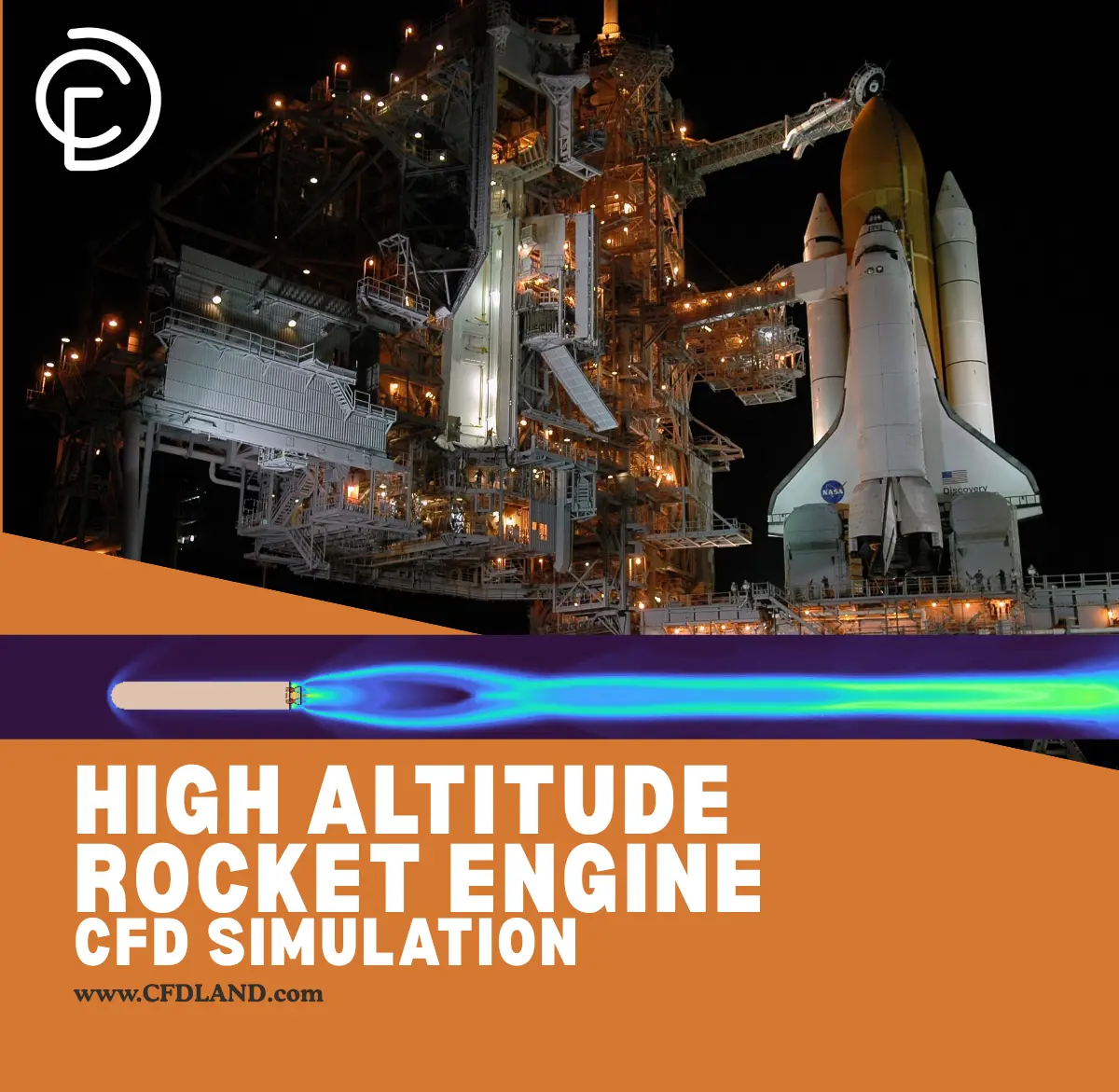
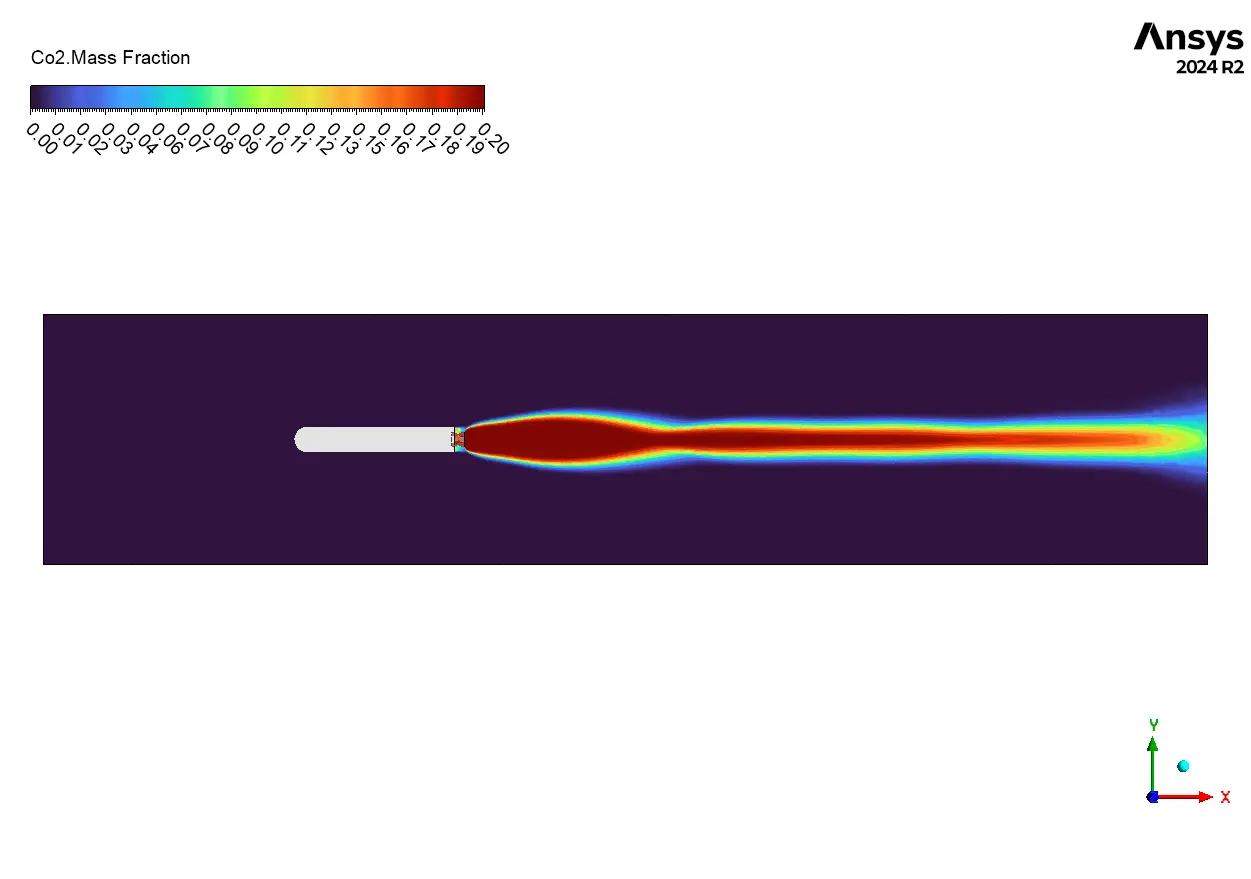

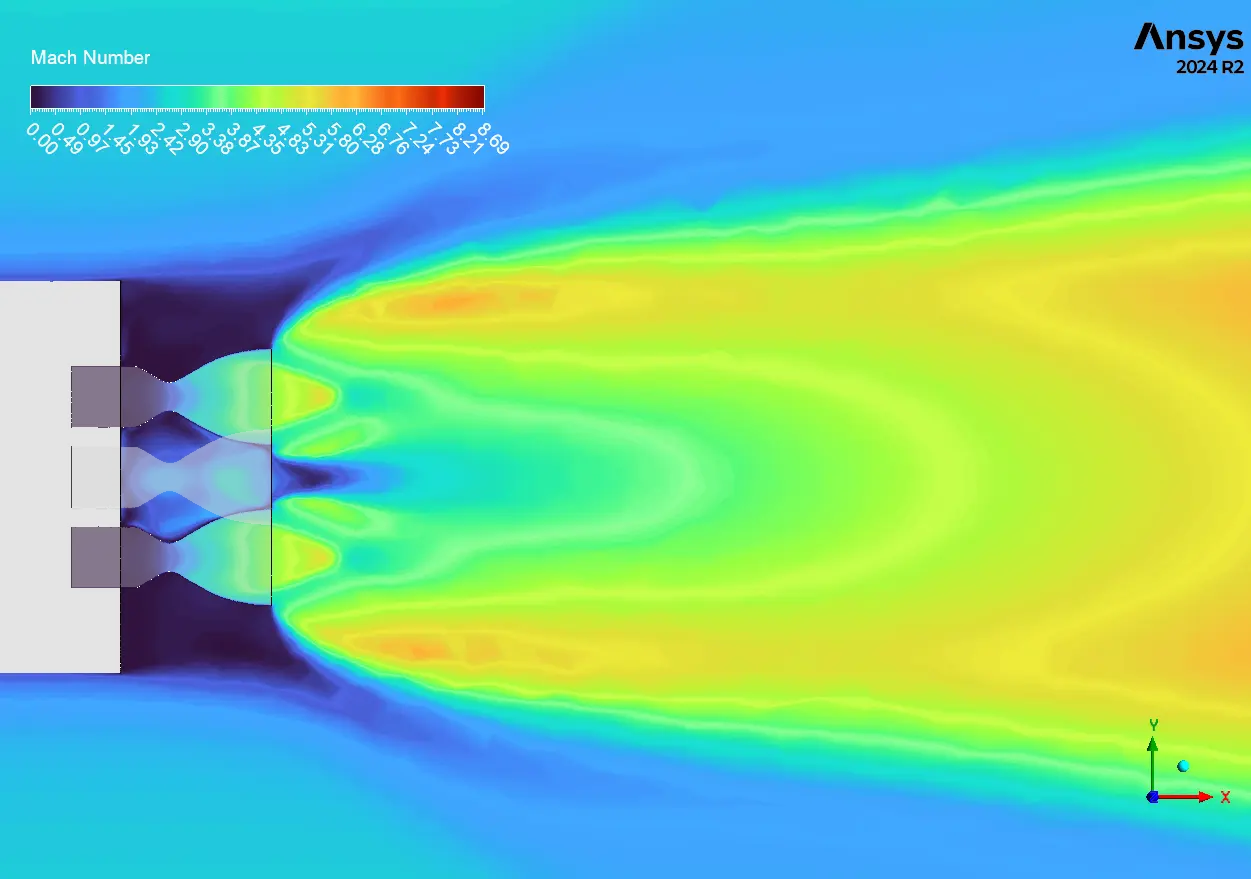
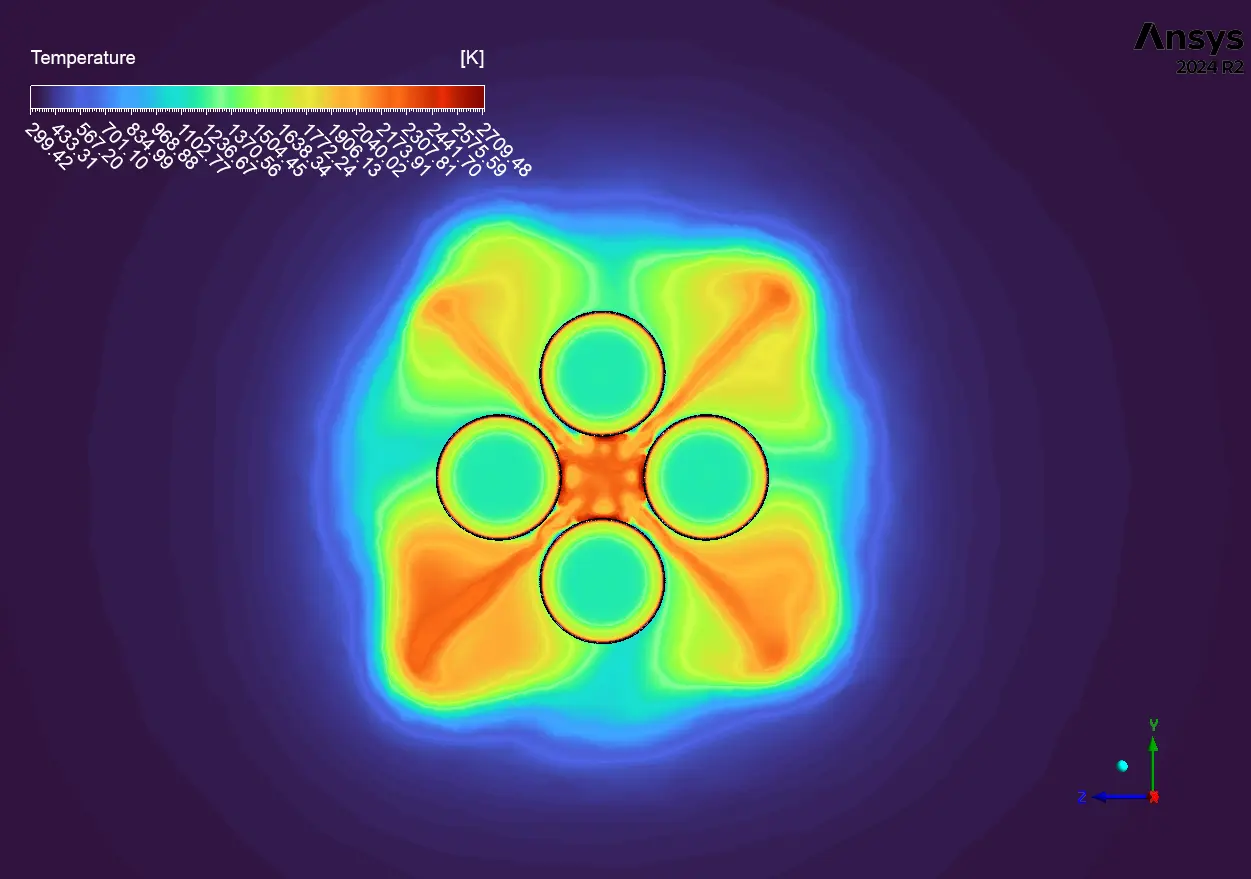
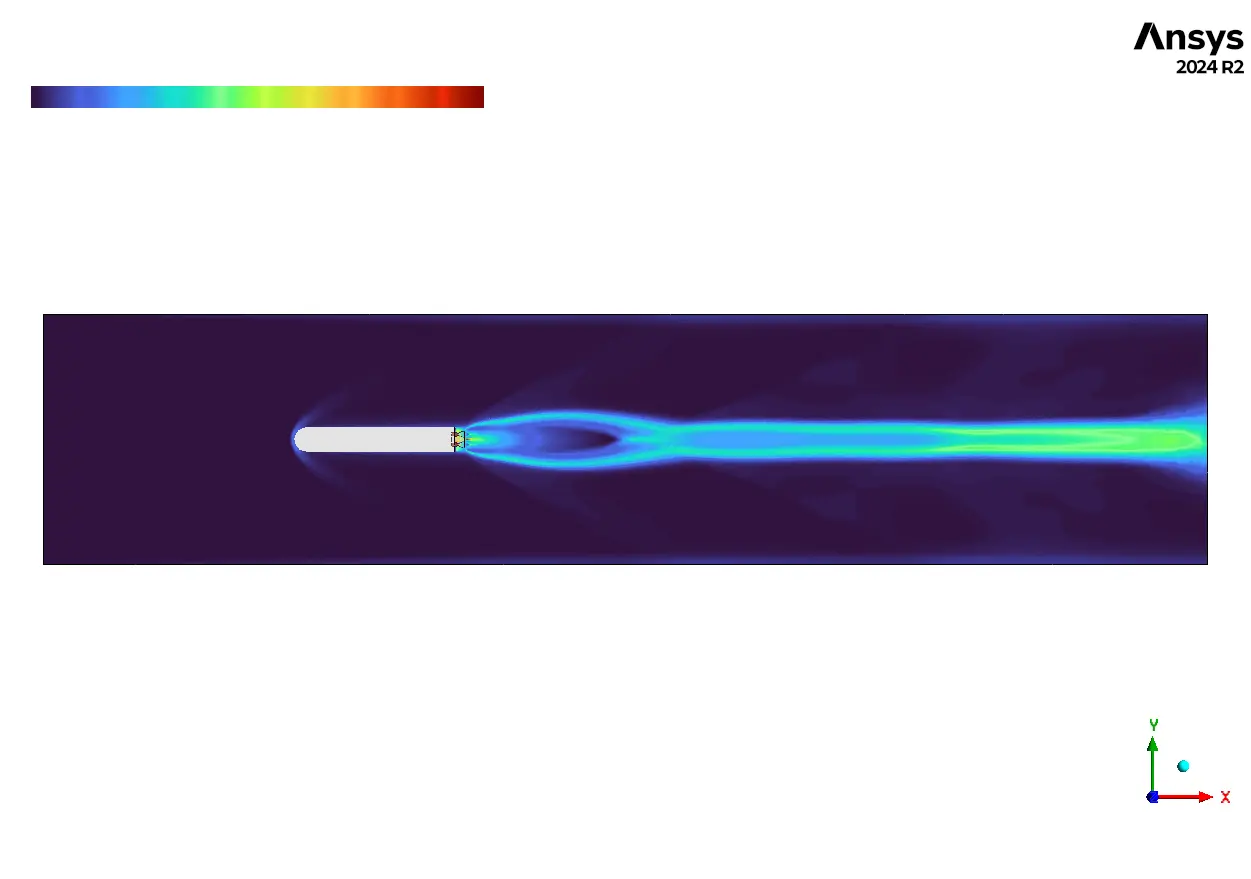
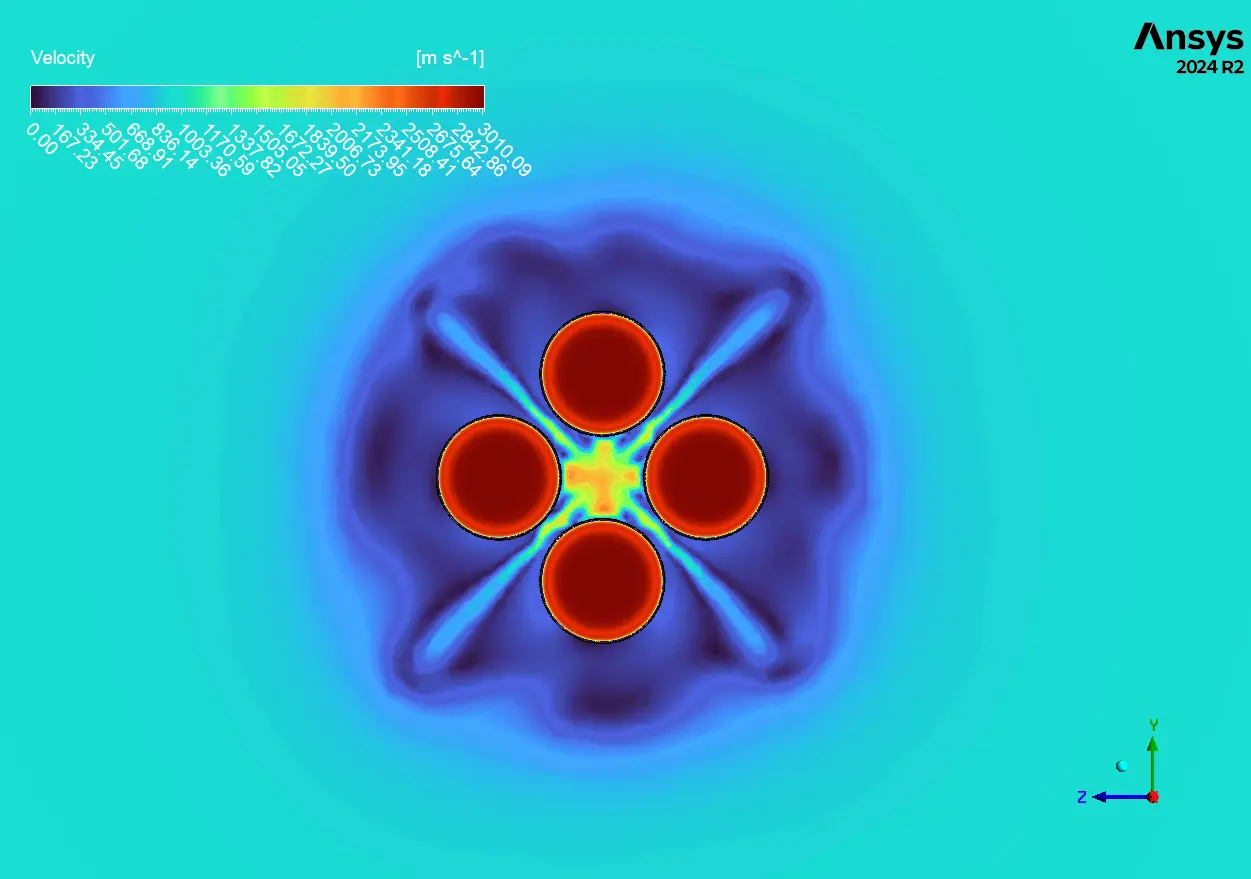
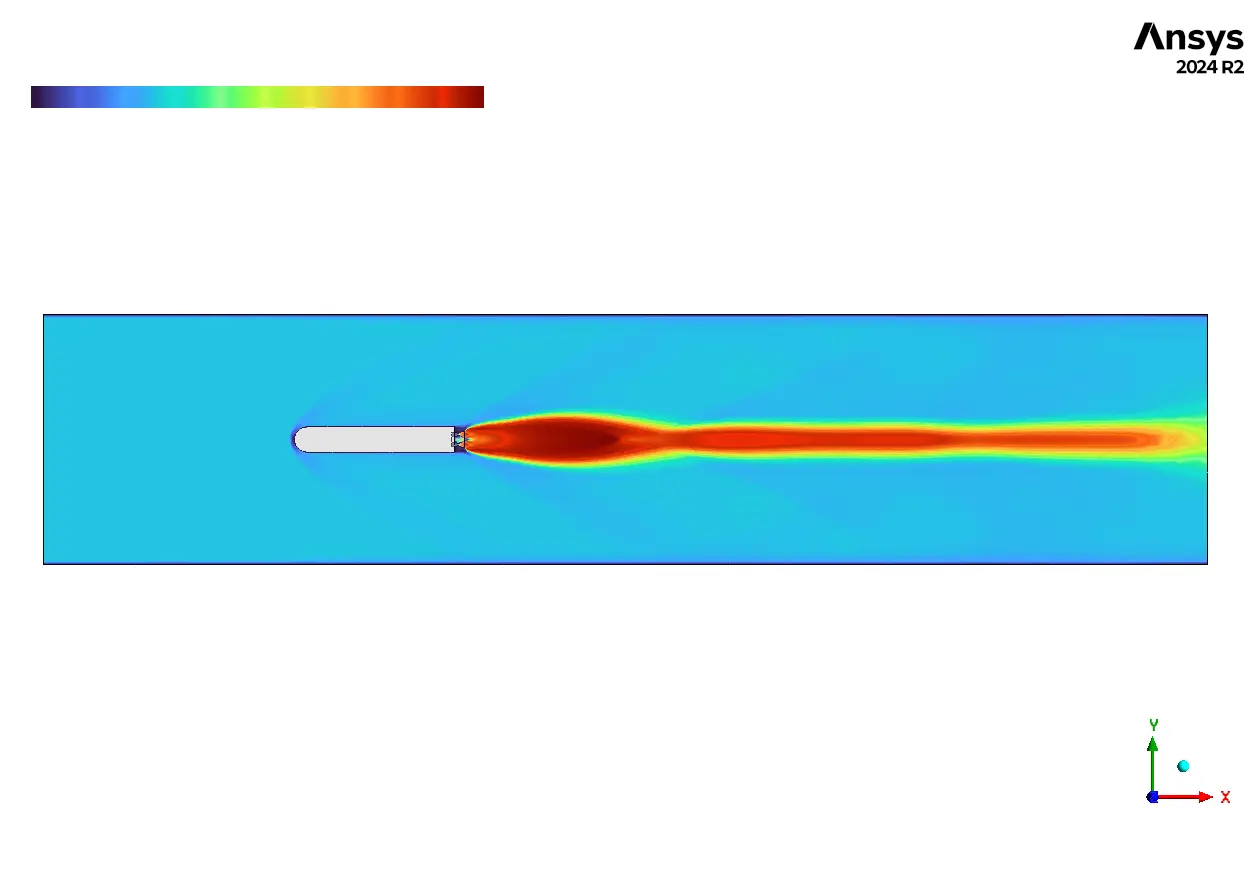
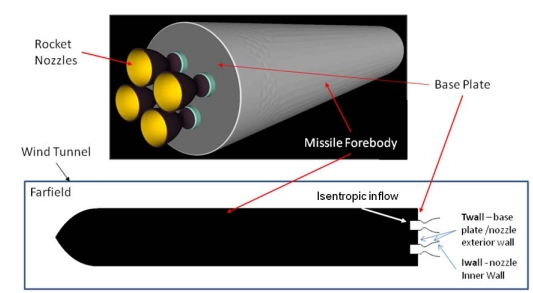

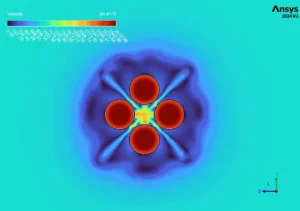





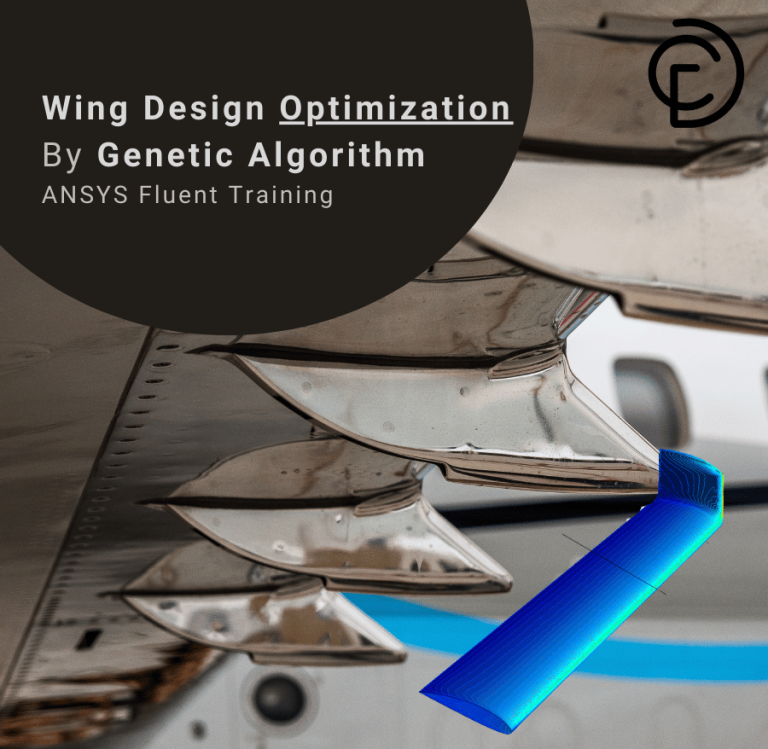
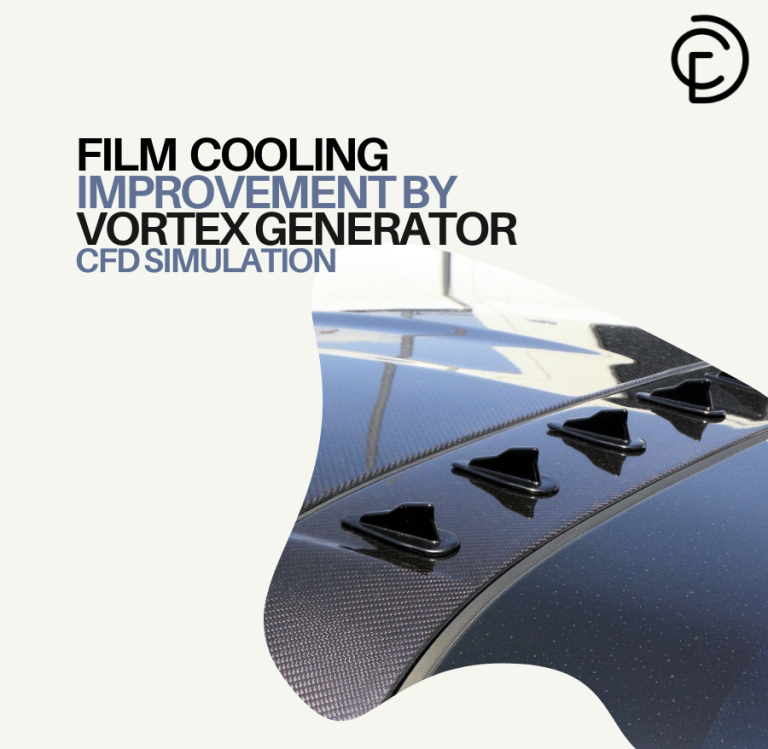
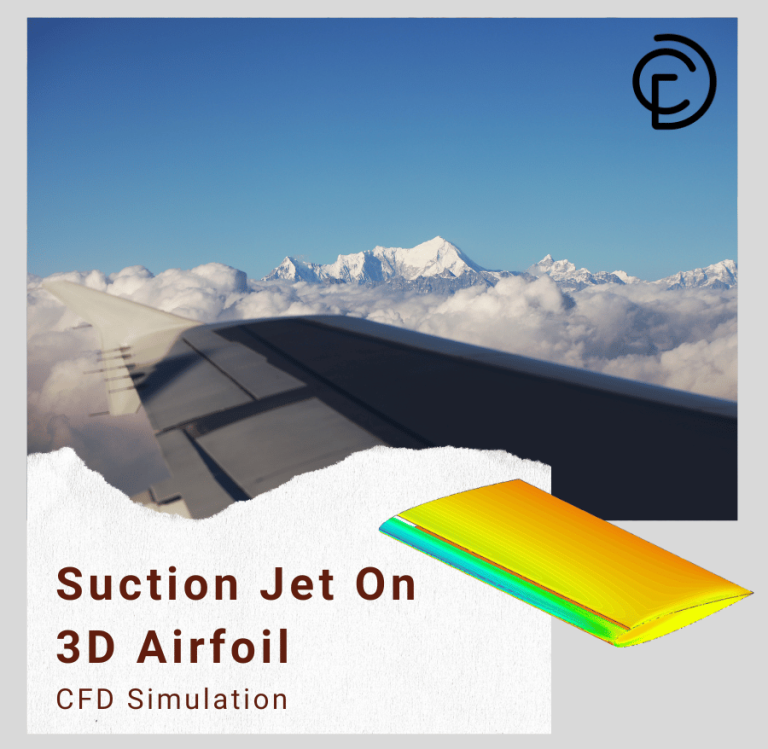
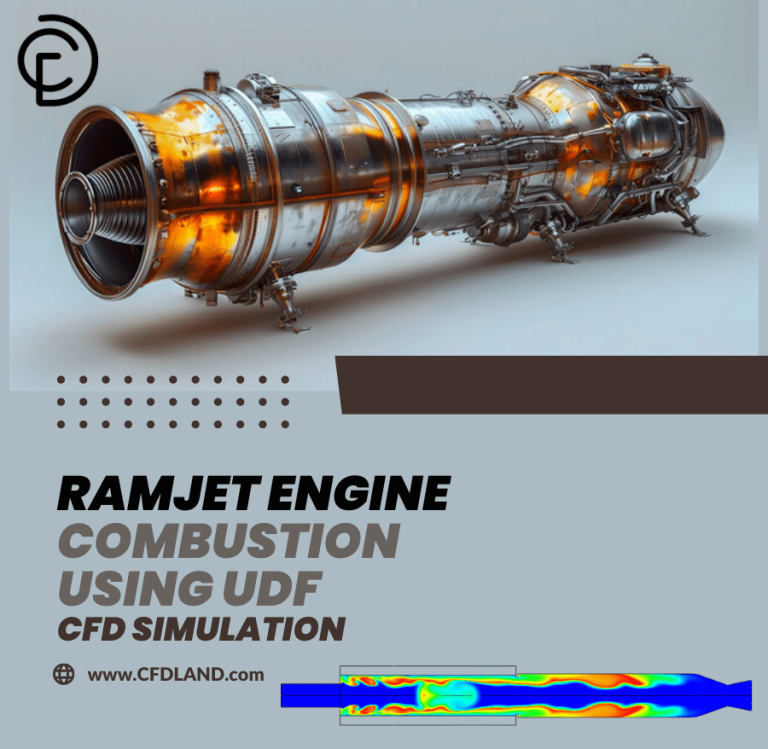


Reviews
There are no reviews yet.